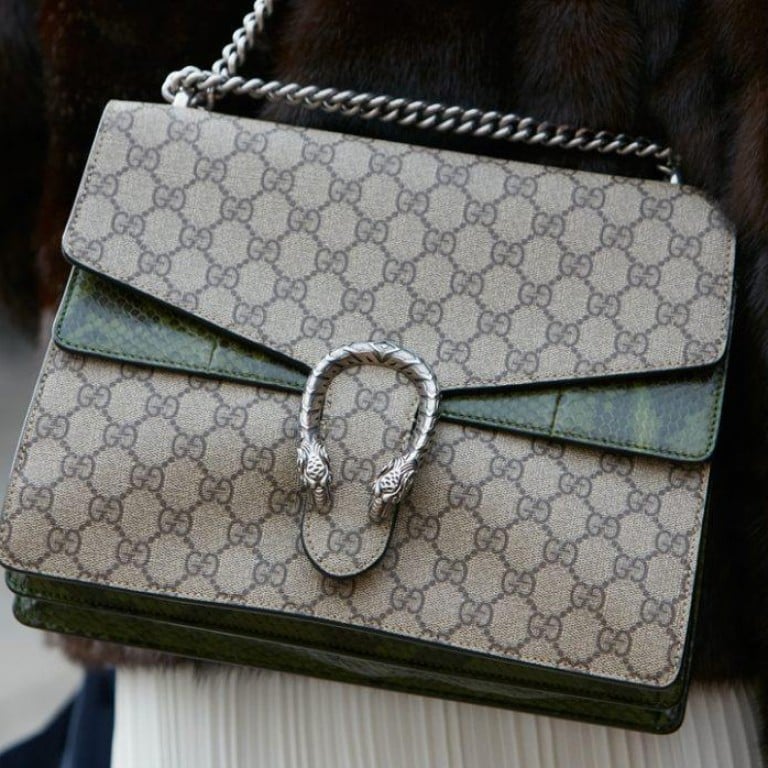Opinion / A digital Gucci bag sold for US$4,000 on gaming platform Roblox – will virtual fashion really become a US$400 billion industry by 2025?

- Gucci’s virtual Dionysus Bag with Bee sold for more than its IRL version in an online event where accessories were available to buy from just US$5 upwards
- Game avatars have been around for years; are they set to become the new luxury fashion trend?
The virtual bag was on sale at Gucci Garden, an experience engineered as a collaboration between Kering’s crown jewel and the online gaming platform. Here, visitors could meet up, have their avatars try on various branded items and make purchases.
These items included digital iterations of eyewear, perfume bottles, hats and bags – all of which cost roughly US$5. However, as these were only available for a limited period of time, their resale value quickly skyrocketed.
The two-week event acted as a virtual accompaniment to the Italian luxury leader’s multimedia touring exhibition Gucci Garden Archetype, which is currently on show at the Shanghai Exhibition Center until August 2021.
For decades the ability to dress avatars has existed; Roblox is 15 years old and one of many such gaming “metaverse” platforms. Meanwhile, the desire to show off designer names is as real online as it is in daily life; why would it not be? Clothing choices are an integral part of our identity – online or off.
Luxury has always been a virtual tool by which we augment ourselves. Labels operate as powerful signifiers; design transcends function